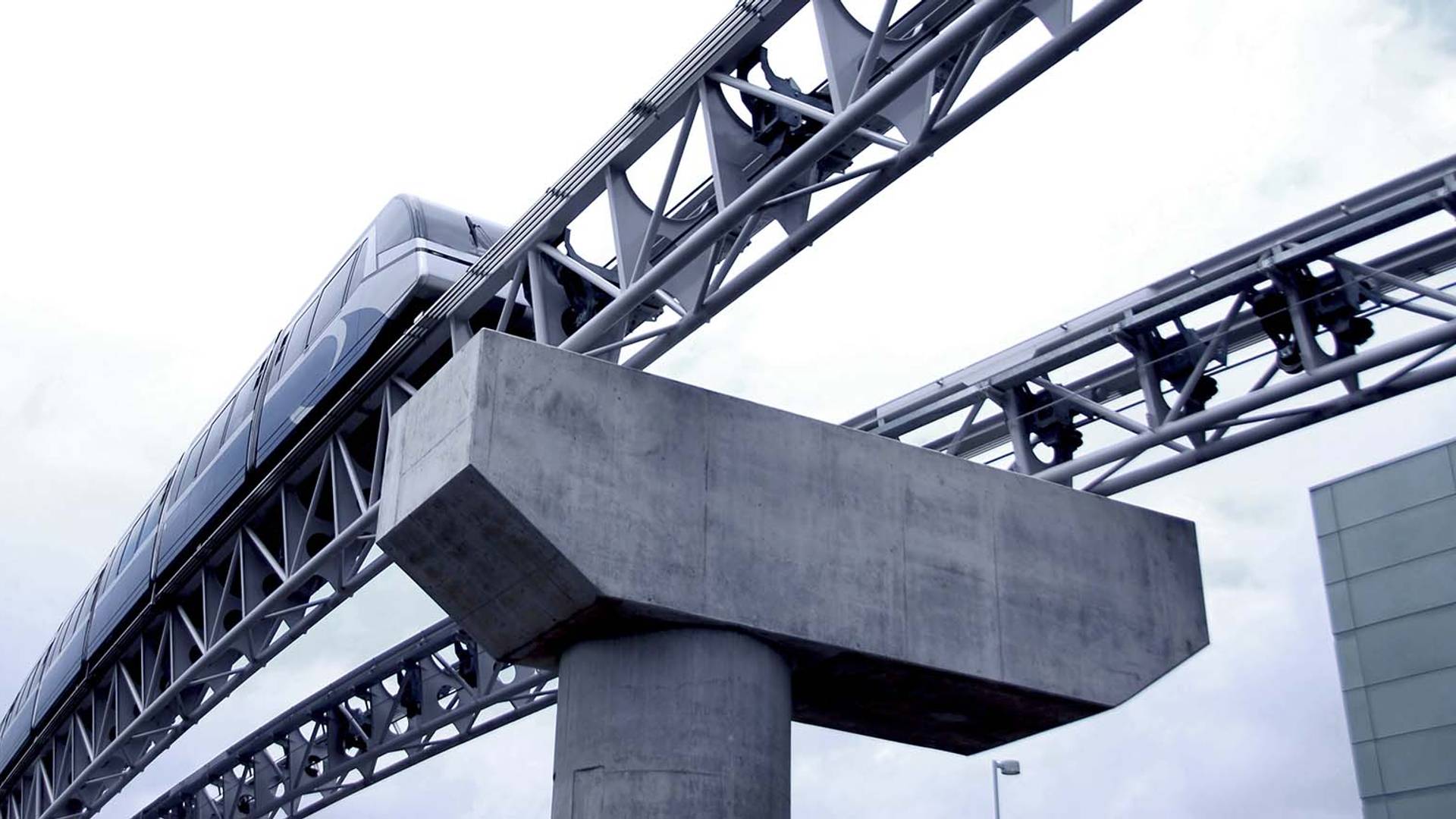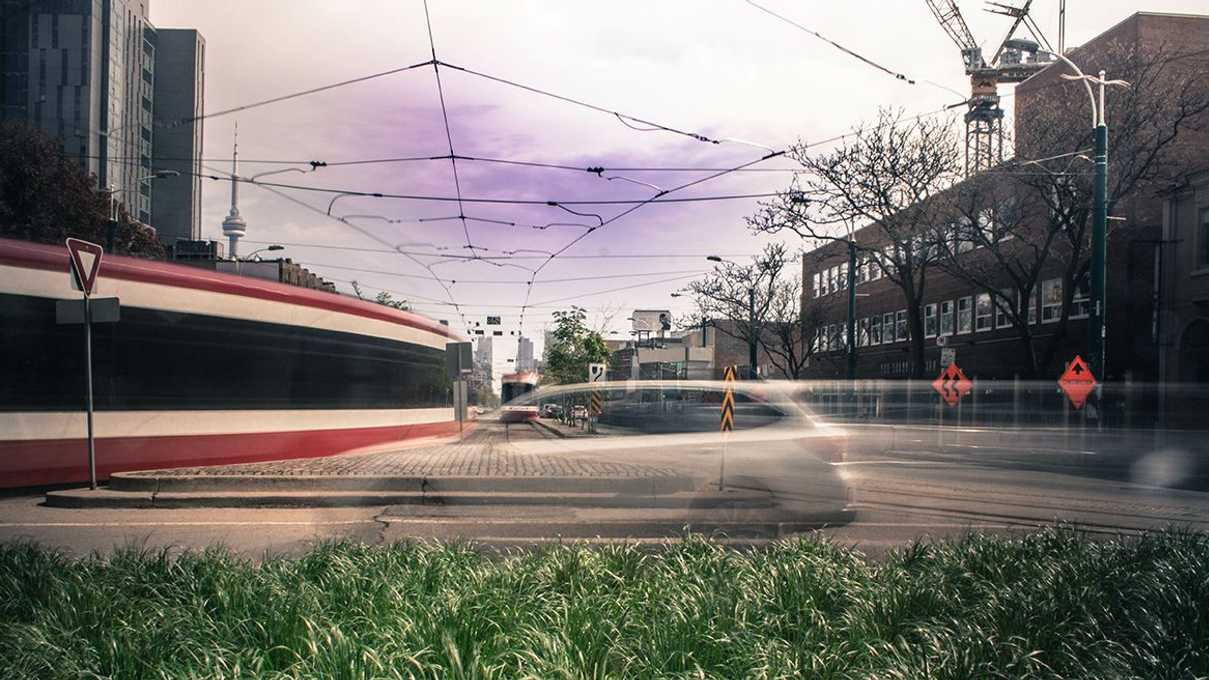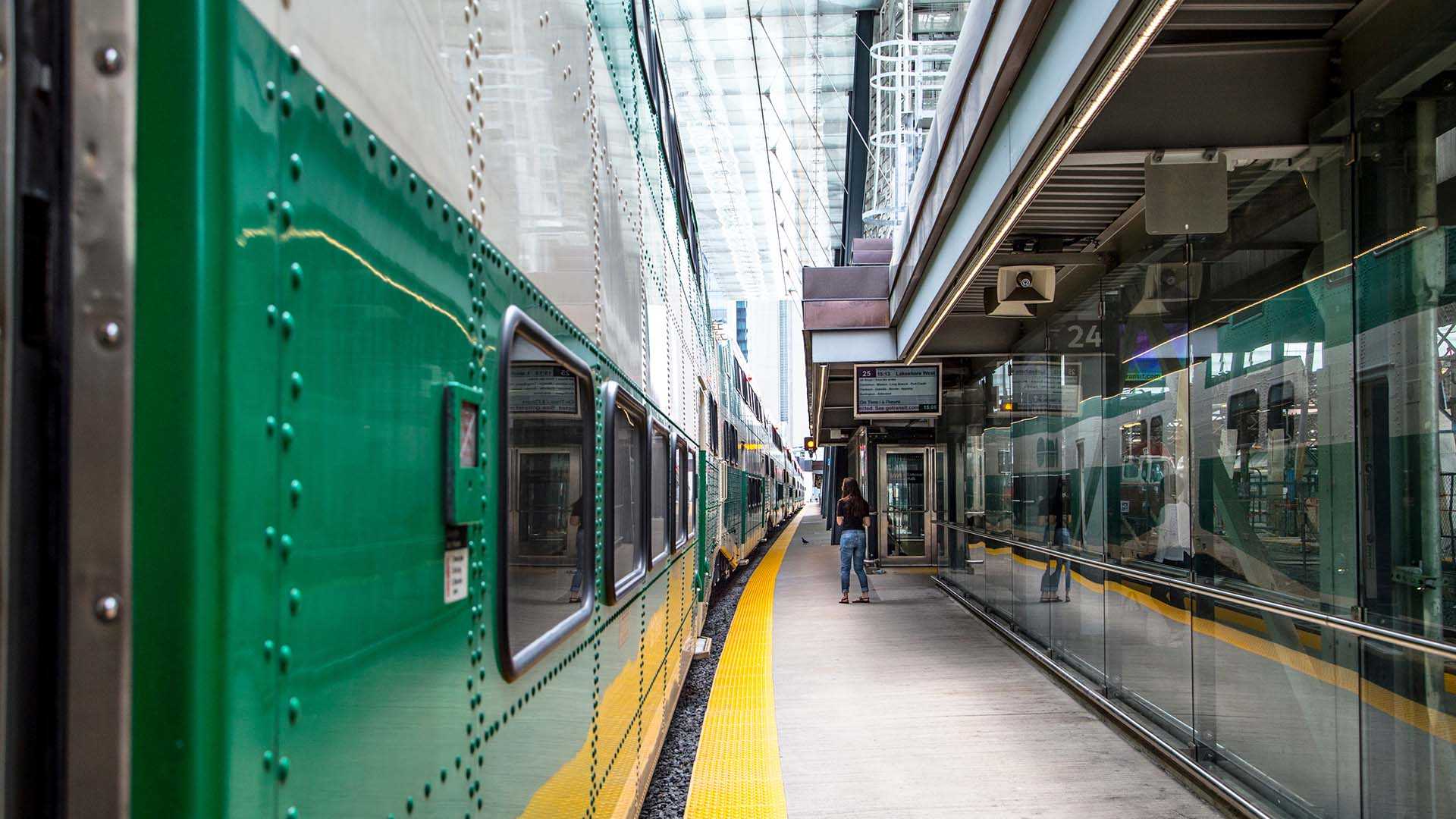Share
This episode highlights the achievements and future outlook of key transportation stakeholders in the Greater Toronto Area, focusing on accomplishments and anticipated impacts over the next decade.
Todd from the Greater Toronto Airports Authority (GTAA) emphasizes the completion of a comprehensive climate change planning process, outlining a pathway to achieve net-zero emissions by 2050. With a successful track record of surpassing reduction targets, the GTAA is driving innovation in sustainable aviation, particularly through initiatives like establishing hydrogen infrastructure. Todd envisions Toronto Pearson Airport as a potential hydrogen hub, leveraging its strategic location and industrial presence to support the broader clean energy economy.
Felix from the Ministry of Transportation (MTO) highlights two significant initiatives poised to transform transportation in the region. Firstly, the ambitious transit expansion program, encompassing new subway lines, LRTs, and Go route expansions, promises to revolutionize mobility options and accessibility across the GTA. Secondly, the launch of the one-fare program facilitates seamless transit travel, promoting affordability and convenience while encouraging public transit usage.
Metrolinx echoes the excitement surrounding the region's transit vision, emphasizing the monumental transit expansion underway. With ongoing investments in infrastructure and service expansion, Metrolinx is laying the groundwork for a transformed regional transit network, fostering modal shift and equitable access to mobility options.
Hear the collective pride and enthusiasm expressed by these transportation leaders underscore a shared commitment to driving positive change and enhancing transportation sustainability. By embracing innovation, collaboration, and strategic planning, these stakeholders are poised to shape a more resilient, accessible, and sustainable transportation landscape in the region over the next decade.



